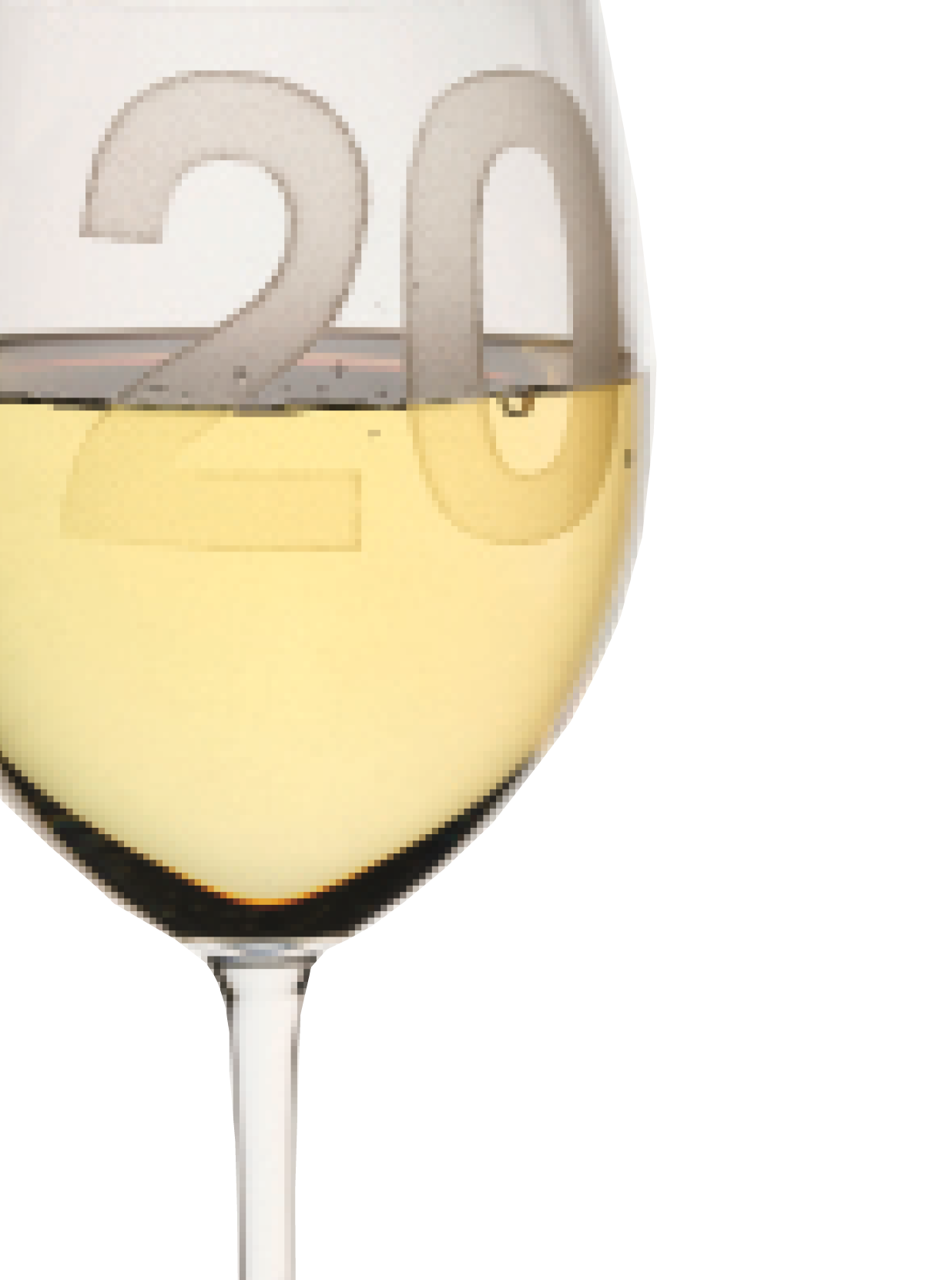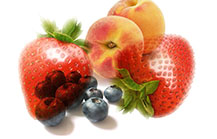With the popularity of Ports, Madeira, Sherry, and even vermouth, fortified grape wines seem to get all the attention. But country fruit winemakers can get in on the fun as well. There are many ways to fortify a fruit wine, but careful consideration should be made about when and how to fortify. Here are some pointers from two commercial fortified winemakers for those looking to shore up their fruit wine.
Winemaker: Brian Hosmer, Chateau Chantal Winery, Hawthorne Vineyards, and 1855 Project, Old Mission Peninsula, Michigan.
Here in the Traverse region of Michigan, we have a unique inland microclimate because of Lake Michigan, which buffers us from temperature extremes. This allows us to grow both cherries and vinifera grapes — we’re known as the Cherry Capital of the World — on our property. In the springtime, the lake waters are still cool, which helps delay budbreak. By the time budbreak actually occurs, the normal chance of frost has passed . . . usually. In the fall the opposite happens where the water is warm and radiates that latent heat, giving us more time to ripen grapes. Cherries have long since been picked by this point in the season though.
If the water doesn’t freeze over in the winter then the winter temperatures won’t dip below 0 °F (-18 °C). The grapes we grow tend to suffer bud mortality around -5 to -10 °F (-10 to -12 °C). On the cherry side we have many options of tart and sweet varietals due to our higher Hardiness Zone ranking. For tart/sour cherries, Balaton and Montmorency are the most common. And for the sweet cherries there is Danube, Gold’s, and some Ulster.
We produce several cherry wines, including a cherry Port named Cerise, which is a blend of our cherry wine and a cherry brandy. Your own personal tastes should command what kind of wines you would like to drink and think could be fortified. Of the above varieties we opt for the tart cherry varieties because they provide very pronounced aromatics. And pressing prior to fermentation brings this out, while still obtaining plenty of color.
Fruit wines usually don’t comply with the normal Brix, pH, and titratable acid (TA) guidelines. They usually have around 13-16 °Brix, so they need to be chaptalized. The pH of the juice will often be moderate to high so SO2 additions can add up quickly. Meanwhile the TAs tend to run high as well so some residual sugar is recommended. If you try and adjust the TA or use a malic consuming yeast like Lalvin 71B or Lalvin EC-1118 then you will just increase the pH usually ending up around 4.0 or higher. That is why residual sugar and Port-styles are well suited for this since you can get the stability without high SO2 additions.
We will chaptalize prior to fermentation to reduce the amount of spirits needed, and then aim to stop about half way through. But that is a stylistic decision about how much residual sugar you want to balance the acidity. We will typically set our target at roughly 19%. The cherry wine needs enzymes if you ever want to filter it. So something like a Scottzymes Pec5L or KS is appropriate.
As for yeast, since the starting Brix are what you make them, you could always not chaptalize the must and then add more brandy/spirit of choice, sooner. The yeast won’t have a particularly difficult environment and nutrition levels are rarely an issue, since the plan is not to finish the fermentation process. A white wine yeast like Red Star Premier Cuvée or Lalvin EC-1118 are fine.
Winemaker: Alexandra Beaulieu Boivin, WinePlanet, Nova Scotia.
Practically any good fruit has the potential to be turned into fine fortified wines. Fruit flavor intensity would be the main characteristic to consider as you don’t want the fortification process to overpower the fruit aromas. All other factors, such as pH, acidity, and sugar levels can be adjusted pre- or post-fermentation if necessary.
We either grow or forage the fruit used in all our fruit wines. We believe that the concentration and intensity of flavors are generally superior to large-scale, commercially-cultivated fruit. We also enjoy the agricultural and discovery process of fruit winemaking.
Once the berries have undergone proper enzymatic extraction and have been crushed and pressed, we will adjust the specific gravity of the juice to 1.090 via chaptalization. For the yeast, since the fermentation is short and the medium hospitable, I lean towards slow-working yeast strains for maximum aromatics and an easy arrest of the fermentation. As the specific gravity reaches 1.050 (5.0 to 5.5% alcohol by volume or ABV), we add the alcohol directly to the wine. Ideally, the alcohol should have a minimum content of 85% ABV and can be neutral, grain, or fruit-based, but alcohol of this strength is not always available. Based on your starting and finishing specific gravity and on the alcoholic content (e.g. 40% versus 90%) of your alcohol source, you can calculate how much alcohol to add. By definition, a finished fortified wine should contain more than 14% but less than 24% ABV.
Oak-aging through barrel, woodchips, staves, or spirals will be complementary to fortification flavors as well as enhancing the wine’s complexity. Throughout the wine’s aging process, make sure there is no sign of fermentation. At the time of bottling, ensure that your sulfite level is appropriate to inhibit any microbial activity and thus, bottle refermentation.







